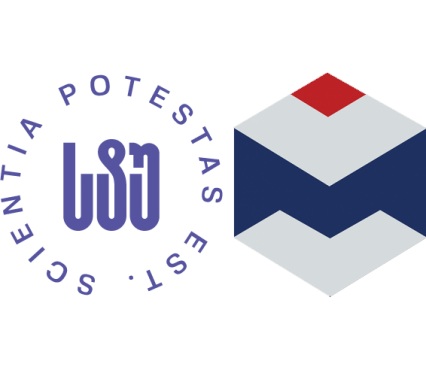The Muskhelishvili Institute of Computational Mathematics of the Georgian Technical University is a scientific-research and information-analytical institution, which aims to obtain, disseminate and use new knowledge in the context of the formation of an innovative economy in Georgia in the direction of solving fundamental scientific, technological and socio-economic problems. The mission and purpose of the Institute is to implement scientific-research and innovative projects of various complexities, which is based on the effective use of the Institute’s intellectual resources. The Institute’s goal is to carry out fundamental and applied research for various state and non-state customers, including scientific projects based on grants allocated by local and foreign scientific foundations. An important component of the Institute’s activities is the preservation of the traditions established by the previous generation of scientists.
The Institute sees its mission in maintaining and strengthening the role of Muskhelishvili Institute of Computational Mathematics as one of the leading scientific research institutions in the country, contributing to the development of science.
Along with scientific activities, the Institute is actively involved in the educational process. The scientific staff of the Institute has been engaged in intensive pedagogical activity at the Georgian Technical University and other higher educational institutions of the country for many years; many of them supervise dozens of masters and doctoral theses every year.
An important role in the educational process is played by the powerful high-performance computing machine – MICM HPC, which is operated at the Institute, on which university students, under the guidance of the Institute’s employees, work on practical tasks in artificial intelligence, mathematics, engineering and other modern applied fields.
In the near future, it is planned to load the mentioned server computing machine with various educational programs. Namely, this may include placing large volumes of educational materials (video lectures, educational and cognitive videos and films, interactive and test content data) necessary for university education on server space; accessing licensed software packages of computing, engineering or other profiles installed on the server; carrying out other activities related to distance learning.

